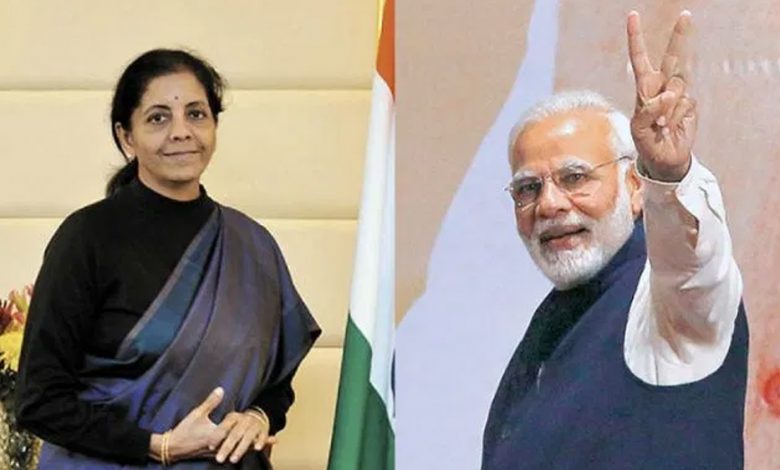Recently, Union Finance Minister Nirmala Sitharaman had announced that non-strategic Public Sector Undertakings (PSUs) will be privatised, and the role of the PSUs will be restricted to the strategic sectors. Even in the strategic sectors, there will be at least one, but not more than four PSUs. What this meant was that sectors with mushrooming of PSUs would have to undergo extensive mergers or privatisation.
One such sector is the banking sector with as many as 12 Public Sector Banks (PSBs). Even after consolidation of Public Sector Banks, the number of PSBs has remained disproportionate, given their awful performance and poor health. Sitharaman’s announcement however has opened up the sector for a massive reform through privatisation. And as per a latest ET report, talks are underway to privatise some of the PSBs.
The proposal came from the policy think tank of the government- Niti Aayog, and a select group of top government officials has already started discussing it. ET has reported that people with knowledge of the latest development said that the purpose behind the move to privatise PSBs is to avoid future bailouts with taxpayers’ money.
In 2018, for example, the government had to peg up its recapitalisation package for the PSBs, by seeking a supplementary grant of Rs. 41,000 crore from the Parliament. The capital infusion exercise was supposed to rescue the PSBs that were under RBI’s Prompt Corrective Action (PCA) framework.
The Modi government wants to avoid using taxpayers’ money all over again to rescue inefficient Public Sector Banks (PSBs), a legacy of the Bank Nationalisation exercise of 1969.
According to the report, Punjab & Sind Bank, Bank of Maharashtra and Indian Overseas Bank, are on the radar of the government’s perceived privatisation move. These banks are not a part of the existing consolidation programme, and therefore the government may move towards privatising them.
The government wanted bank mergers in order to make the PSBs competitive, but the PSBs keep losing the edge to the private sector.
The biggest problem is, of course, bad debts, as the PSBs had a Gross NPA (GNPA) ratio of 11.6 per cent at the end of March 2019, and the private banks, on the other hand, boast of a much better GNPA ratio at 5.3 per cent. The PSBs accounted for Rs 7.39 lakh crore of the total NPAs of Rs 9.36 lakh crore in the banking sector, while the share of private banks was much lower at Rs. 1.83 lakh crore.
Public Sector Banks have thus started losing market share to the private banks. While the market share of private banks went up from 31 per cent to 34.7 per cent between September 2018 and September 2019, the market share of the PSBs registered a decline of 4 per cent, viz. down to 57 per cent from 61 per cent in the same time period.
The original purpose of the PSBs was to ensure adequate credit flow in the economy, but even on that front they have faltered, especially in the recent past.
In 2019, the private lenders accounted for Rs. 69 in every Rs. 100 loan, showing how the PSBs have lost foothold to the private banks.
The issues with PSBs are many- cronyism, ageing workforce that does not match the dynamism of the private sector banks and lack of innovation. Existing customers are leaving the PSBs for private banks, and the PSBs also fail to attract newer generations.
The role of PSBs in the banking sector has to be curtailed to a level where it becomes manageable and efficient. Consolidation was the first bold move by Modi government in terms of banking sector reforms, but a massive privatisation drive could be a much bigger and bolder move that truly transforms the key sector.
